Struggling to select the perfect flow meter? The wrong choice can cost thousands in rework and lost efficiency.
Choose a flow meter by evaluating: fluid type (liquid/gas/slurry), flow range (min/max values), accuracy needs (±1% vs ±5%), pressure/temperature limits, pipe size, installation space, and budget. Magnetic suits water/chemicals, ultrasonic for clean liquids, Coriolis for mass flow measurements.
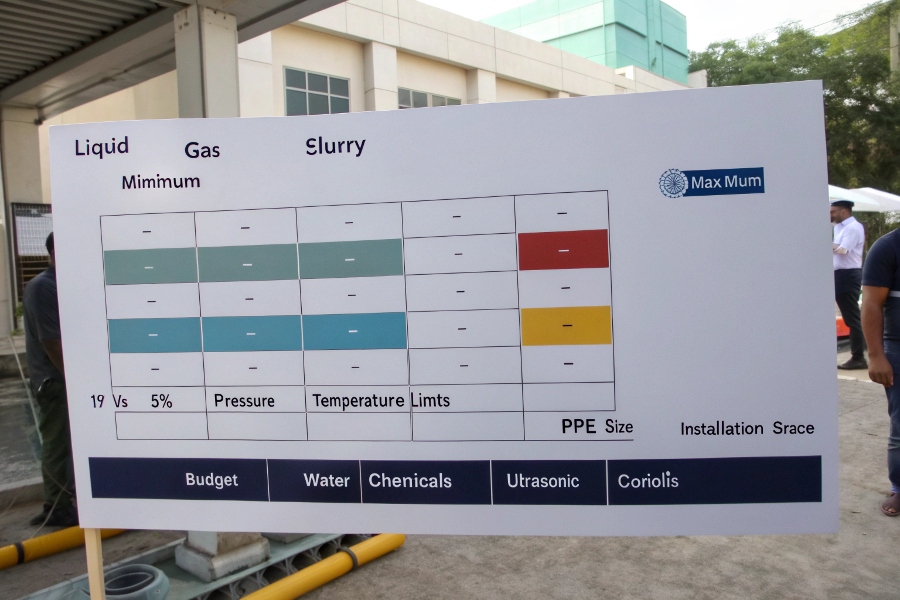
Flow Meter Type Comparison
Here’s your comprehensive guide to avoid costly selection mistakes.
How Do You Choose a Flow Meter?
Selection starts with understanding your fluid’s behavior.
For water-like fluids: Magnetic flow meters (conductive liquids), ultrasonic (clean liquids), or turbine (stable flows). For viscous/oily fluids: Coriolis (mass flow) or positive displacement. Gases demand thermal or differential pressure meters. Slurries need abrasion-resistant mag meters.
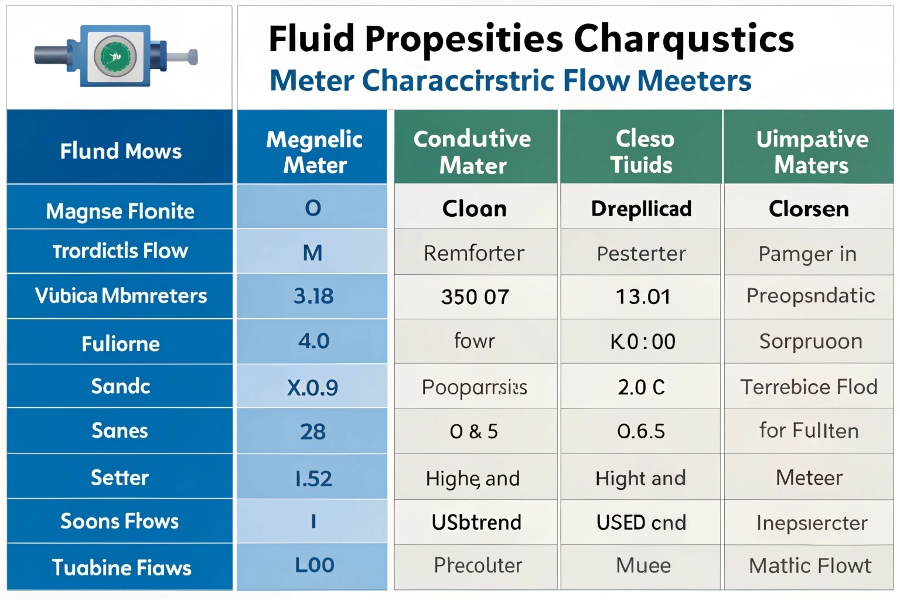
Flow Meter Compatibility by Fluid Type
Critical selection criteria:
Flow Meter Selection Matrix
| Fluid Characteristic | Best Meter Types | Worst Choices |
|---|---|---|
| Conductive liquid | Magnetic, Ultrasonic | Turbine, Vortex |
| Non-conductive | Ultrasonic, Coriolis | Magnetic |
| High viscosity | Coriolis, PD | Turbine, Orifice |
| Two-phase flow | Coriolis (limited), Special US | Magnetic, Vortex |
| Low pressure | Ultrasonic, Turbine | Orifice, Venturi |
What Are the Considerations of Flow Meter?
Overlooking installation realities causes 40% of failures.
Prioritize: fluid compatibility1 (pH, abrasives), turndown ratio2 (10:1 typical), output needs (4-20mA/Pulse/Bus), maintenance access3, and certification requirements (EX/ATEX for hazardous areas). Temperature extremes may rule out ultrasonic meters.
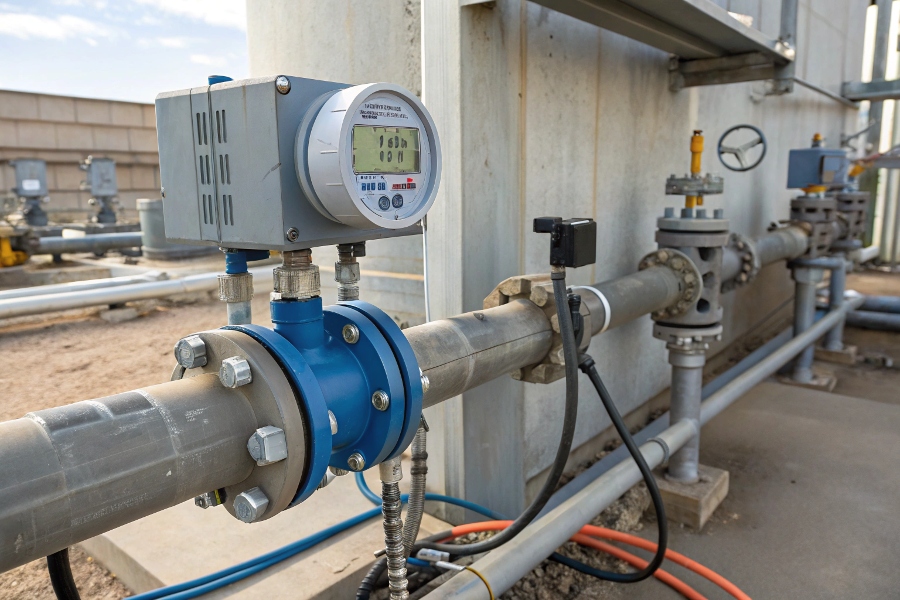
Typical Installation Layout
Essential evaluation factors:
Total Ownership Cost Breakdown
| Cost Factor | Magnetic Example | Coriolis Example |
|---|---|---|
| Purchase Price | $2,500 | $8,000 |
| Installation | $500 (wafer-style) | $1,200 (supports) |
| Calibration (5yrs) | $300 | $1,500 |
| Energy Consumption | 15W ($30/yr) | 30W ($60/yr) |
| Expected Life | 12-15 years | 8-10 years |
What Is the Rule of Thumb for Flow Meter Installation?
Poor installation degrades accuracy by 50%.
Follow these rules: 1) 10x pipe diameter straight run upstream (5x downstream), 2) Avoid pump/valve turbulence (install after elbows), 3) Keep mag meters always full (vertical upward flow preferred), 4) Ground properly (1-ohm resistance max), 5) Shield electronics from extreme heat (>60°C).
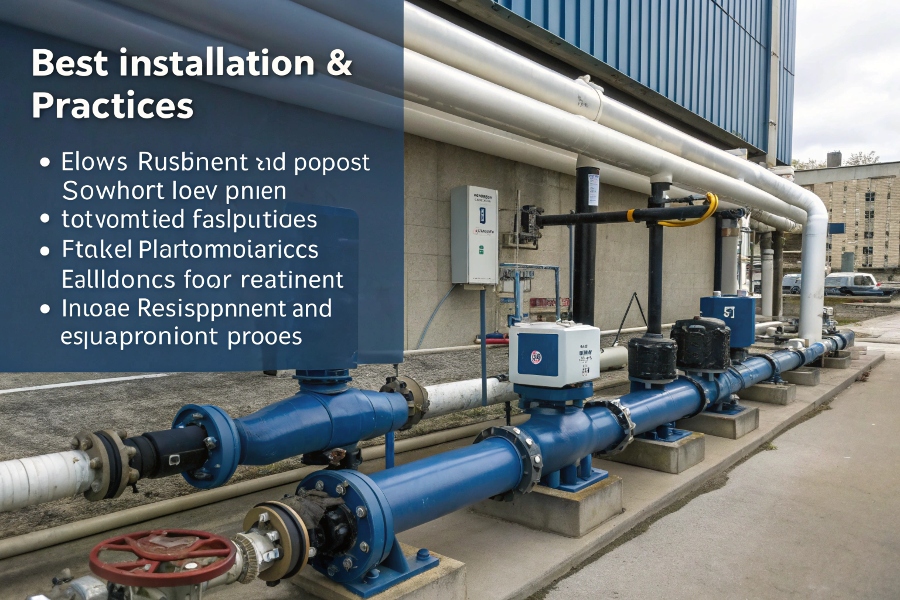
Proper Straight Run Requirements
Installation critical checks:
Minimum Straight Pipe Requirements
| Meter Type | Upstream (Diameters) | Downstream (Diameters) |
|---|---|---|
| Magnetic (standard) | 5D | 3D |
| Ultrasonic | 10D | 5D |
| Coriolis | 0D | 0D |
| Turbine | 15D | 5D |
| Orifice Plate | 20D | 10D |
What Are the Standard Conditions for a Flow Meter?
Spec sheets assume ideal scenarios that rarely exist.
Standard calibration conditions4: 20°C ambient, 1013 mbar pressure, water as fluid (1cP viscosity), fully developed flow profile. Real-world compensation needed for temperature (-0.1%/°C typical), pressure (+0.01%/bar), and viscosity effects (critical below 5cP).
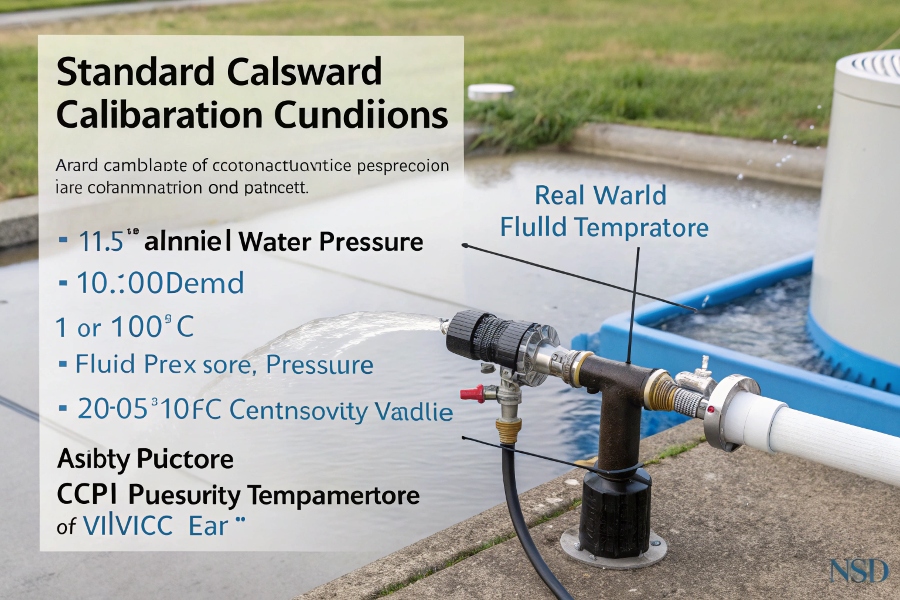
Calibration Standards Hierarchy
Performance adjustment factors:
Environmental Impact Corrections
| Parameter | Effect on Accuracy | Compensation Method |
|---|---|---|
| Temperature change | ±0.15%/10°C | Built-in PT100/software |
| Pressure variation | ±0.05%/bar | Software offset (if available) |
| Viscosity shift | ±1%/cP change | Recalibration recommended |
| Solids content | -0.5% per 1% solids | Special liners/electrodes |
Future-Proofing Your Flow Meter Selection
Tomorrow’s plants demand smarter instrumentation today.
Three key upgrades: 1) IIoT readiness (WirelessHART/MQTT)5, 2) Advanced diagnostics (electrode wear monitoring), 3) Multiparameter outputs (flow + density/temperature). Magnetic meters now offer predictive liner failure alerts via impedance tracking.
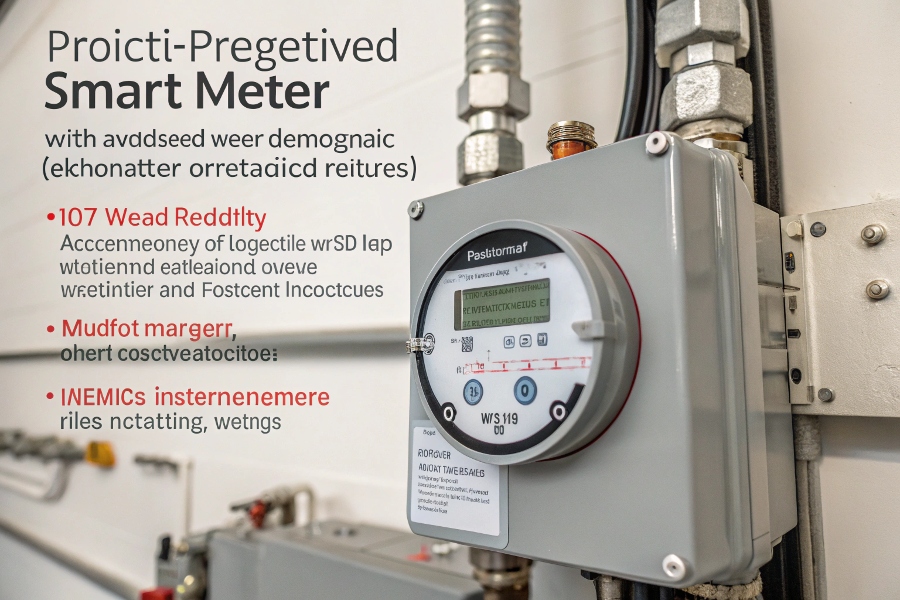
Industry 4.0 Connectivity
Evolutionary features comparison:
Traditional vs Smart Flow Meters
| Capability | Conventional | Smart Meter Advantage |
|---|---|---|
| Fault Detection | Alert after failure | Predicts issues (e.g., coating) |
| Data Access | Local display only | Cloud dashboard + API |
| Calibration | Annual manual checks | Continuous self-validation |
| Power Supply | Wired 24V DC | Battery + energy harvesting |
Conclusion
Selecting the right flow meter requires balancing fluid properties, accuracy needs, installation constraints, and future connectivity – with magnetic flow meters offering the broadest liquid application coverage.
-
Understanding fluid compatibility is crucial for ensuring the longevity and accuracy of flow meters in various applications. ↩
-
The turndown ratio affects the flow meter’s performance range, making it essential for accurate measurements across varying flow rates. ↩
-
Easy maintenance access can significantly reduce downtime and costs, ensuring efficient operation of flow measurement systems. ↩
-
Understanding standard calibration conditions is crucial for accurate flow meter performance in real-world applications. ↩
-
Explore how IIoT readiness enhances flow meter capabilities, ensuring your instrumentation is future-proof and efficient. ↩
